Best Timing for Artificial Stucco Installation
Artificial stucco installation timing depends on weather conditions, material properties, and project requirements. Proper scheduling ensures optimal adhesion, durability, and finish quality.

Spring offers moderate temperatures and lower humidity, ideal for artificial stucco application.

Warm, dry weather during summer can accelerate curing and improve adhesion.

Fall provides cooler temperatures and less rainfall, suitable for consistent installation conditions.

Ways to make Artificial Stucco Installations work in tight or awkward layouts.

Popular materials for Artificial Stucco Installations and why they hold up over time.

Simple add-ons that improve Artificial Stucco Installations without blowing the budget.
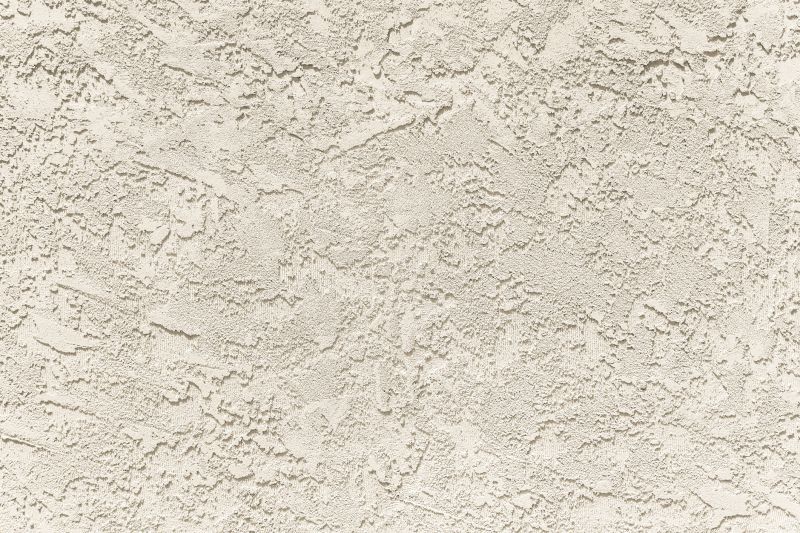
High-end options that actually feel worth it for Artificial Stucco Installations.
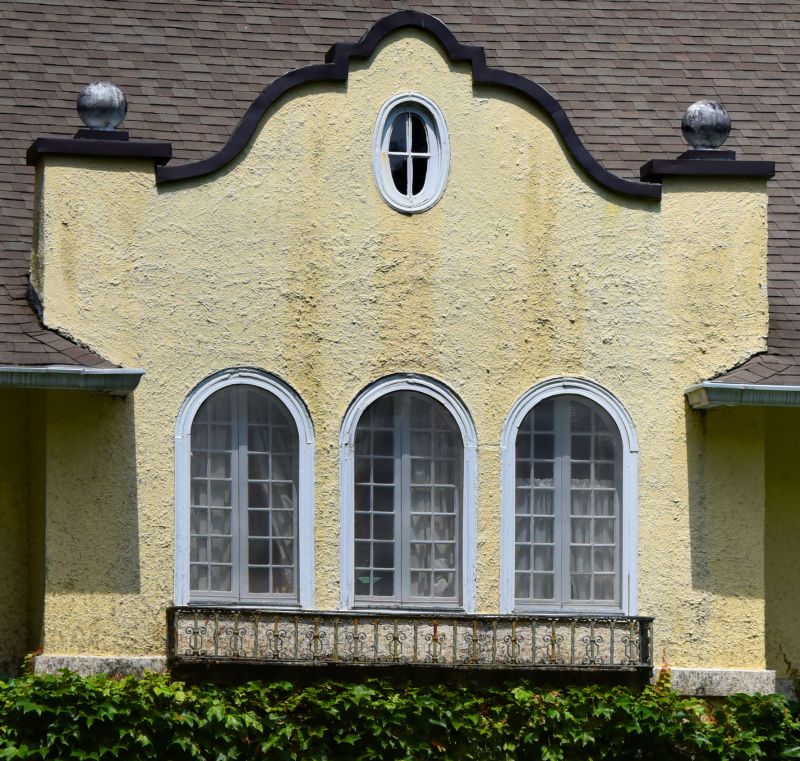
Finishes and colors that play nicely with Artificial Stucco Installations.
Temperature ranges between 50°F and 85°F are optimal for artificial stucco installation. High humidity and rain can hinder curing and adhesion.
Proper curing typically requires dry, warm weather for at least 48 hours post-application.
Winter and late fall may pose risks due to freezing temperatures and increased moisture, delaying installation.
Scheduling during favorable weather windows minimizes delays and ensures quality results.
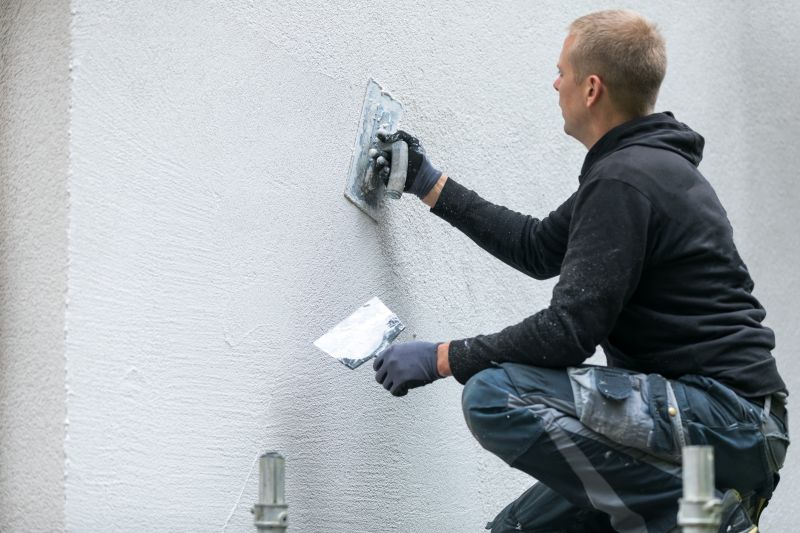
Proper weather conditions are crucial for achieving a durable finish.
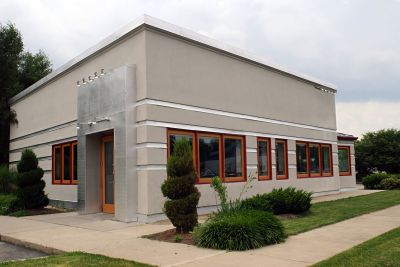
Choosing the right season enhances installation success and longevity.
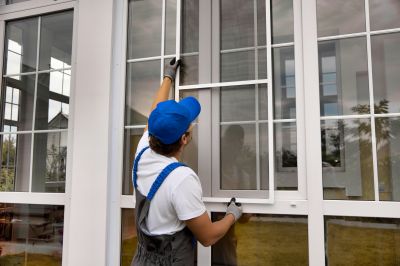
Monitoring forecast conditions helps in planning effective installation schedules.
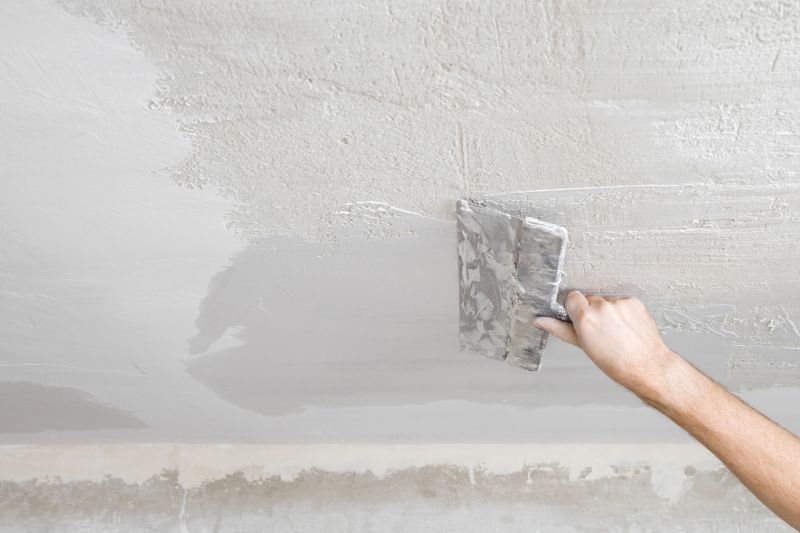
Ensuring dry surfaces and stable temperatures before starting is essential.

Little measurements that prevent headaches on Artificial Stucco Installations day.
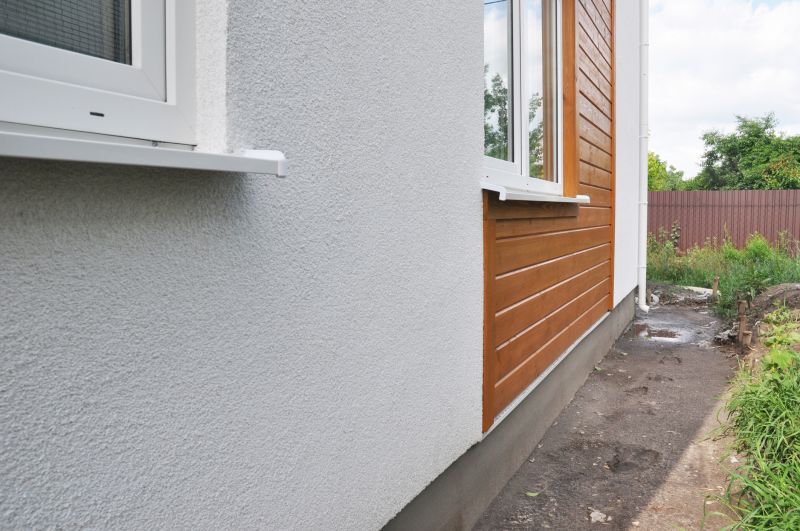
A 60-second routine that keeps Artificial Stucco Installations looking new.
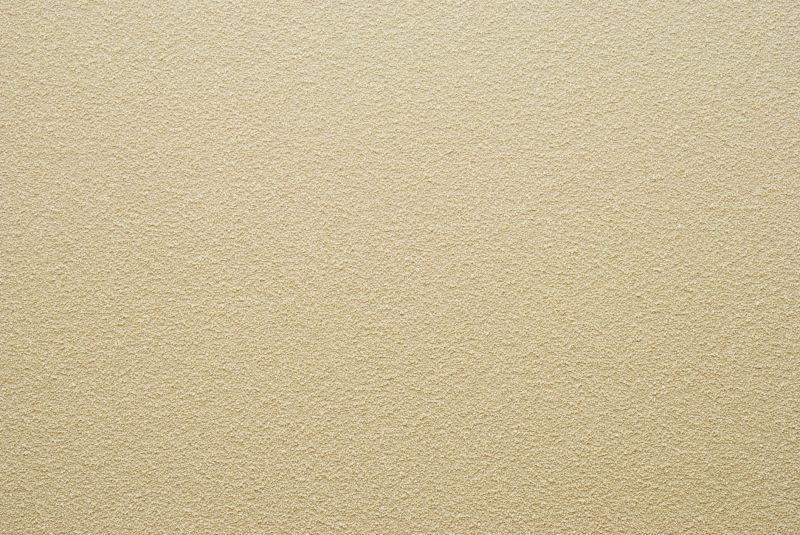
A frequent mistake in Artificial Stucco Installations and how to dodge it.

Small tweaks to make Artificial Stucco Installations safer and easier to use.
| Season | Ideal Conditions |
|---|---|
| Spring | Moderate temperatures, low humidity, dry weather |
| Summer | Warm, dry, stable conditions |
| Fall | Cool temperatures, minimal rain |
| Winter | Cold temperatures, potential for freezing, not recommended |
Artificial stucco installations benefit from scheduling during seasons with stable, moderate weather. Proper timing ensures optimal adhesion, reduces the risk of surface defects, and extends the lifespan of the finish. Weather fluctuations, especially extreme cold or excessive moisture, can compromise the integrity of the application and lead to increased maintenance costs.

Ensures proper curing and adhesion for long-lasting results.

Scheduling outside of rainy or freezing periods reduces installation issues.

Weather forecasts should be checked regularly before scheduling.

Ensure surfaces are dry and temperatures are within recommended ranges.
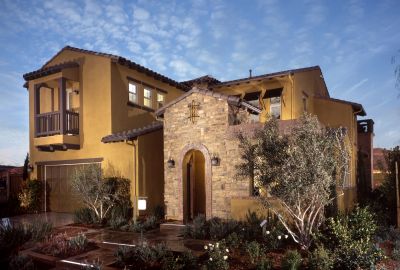
Lower-waste or water-saving choices for Artificial Stucco Installations.
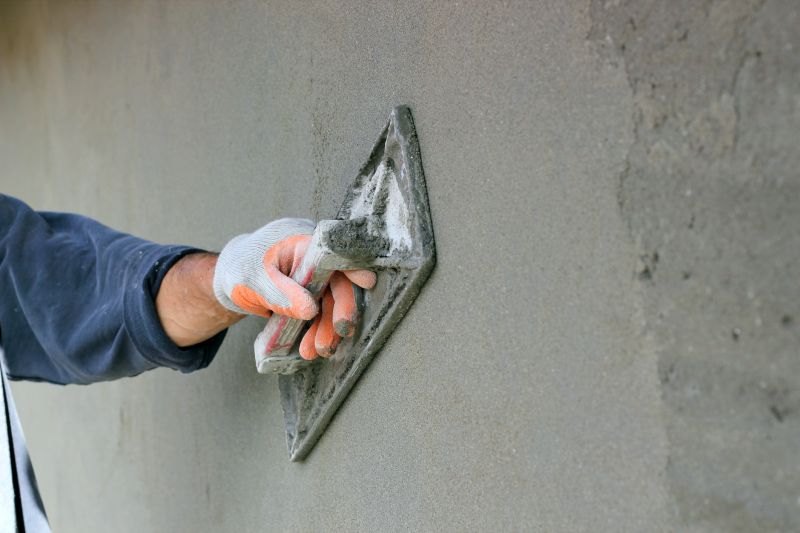
The short, realistic tool list for quality Artificial Stucco Installations.
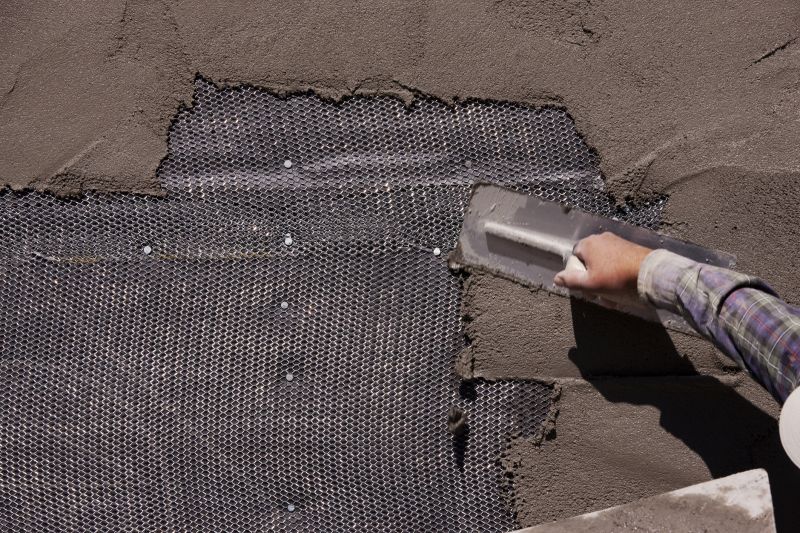
Rough timing from prep to clean-up for Artificial Stucco Installations.

Quick checks and paperwork to keep after Artificial Stucco Installations.
Interested parties are encouraged to contact for further information on scheduling and project planning. Proper timing can significantly influence the durability and appearance of artificial stucco finishes, making professional consultation valuable for optimal results.
